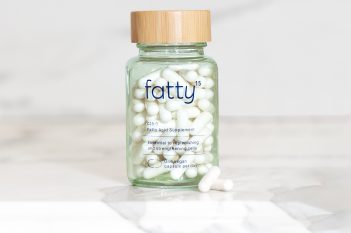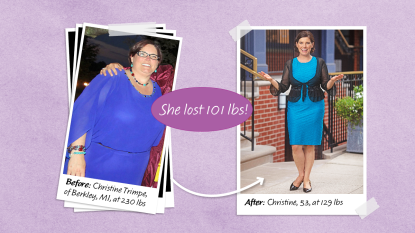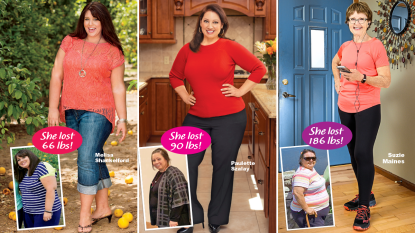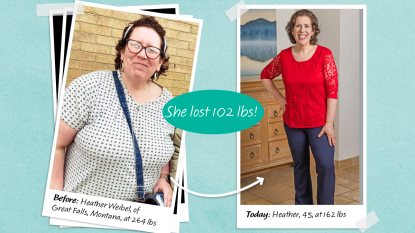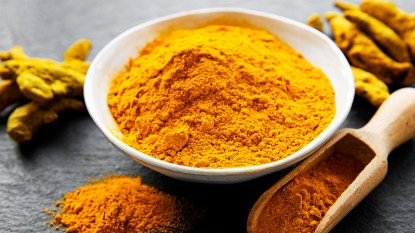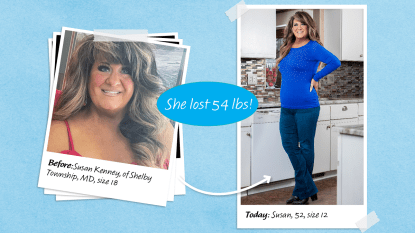The Volumetrics Diet Helps You Lose Weight By Dividing Food Into 4 Groups
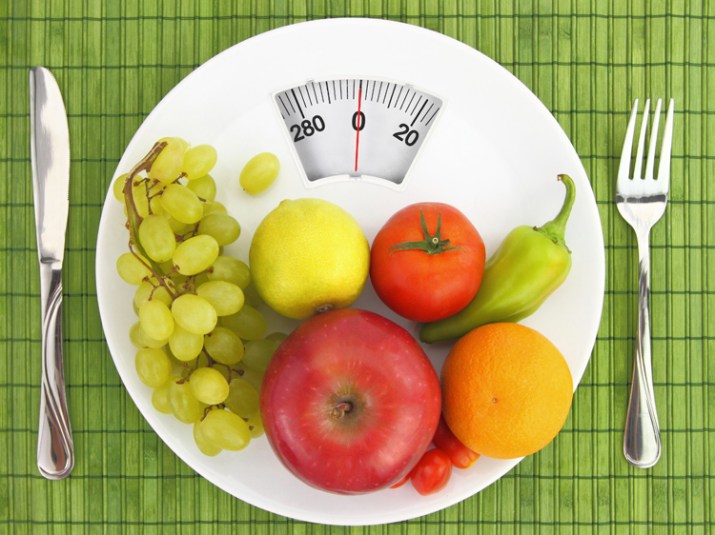
The Volumetrics diet isn’t the most famous eating plan out there. But considering its slimming benefits and easy-to-follow instructions, perhaps this diet should be one of the hottest trends right now. Consistently ranked as one of the best weight-loss diets by U.S. News & World Report, the Volumetrics diet often brings good news whenever it does appear in the spotlight. So, what is the Volumetrics diet — and how can you reap the most benefits from this renowned eating plan?
Developed by Penn State nutrition professor Barbara Rolls, PhD, the Volumetrics diet focuses on the calorie density of certain foods (also known as energy density) and how to cut the overall calorie density from your daily intake. In this context, calorie density refers to the amount of calories in the volume or weight of the food. So, that means foods with several calories per gram would be considered high density, while foods with fewer calories per gram would be called low density. As you might imagine, the Volumetrics diet encourages followers to eat mostly low-density foods.
According to The American Journal of Clinical Nutrition, the Volumetrics diet has been successful over the years because research has shown that people generally eat a similar amount of food by weight over the course of a day. Therefore, if dieters start eating foods with low calorie density most of the time, they can actually lose weight while eating more food. The key, of course, is simply picking the right types of food to fill up your everyday plates.
If you’re wondering how to tell high-density foods apart from low-density foods, the book The Ultimate Volumetrics Diet ($16.99, Amazon) does an excellent job of breaking it down into four food categories: very low density, low density, medium density, and high-density. As the scientific journal Obesity reports, very low-density foods contain the lowest amount of fat and the highest amount of water content, so you probably aren’t surprised to know that non-starchy fruits and veggies make the cut. Good news for soup fans: Broth-based soups are also included in this category. The second category (low-density) includes starchy fruits and veggies as well as grains, low-fat meat, and legumes. If you decide to follow the Volumetrics diet, you can expect to see foods in category one and two making the most appearances in your daily meals.
Category three (medium-density) includes meat and cheese, along with savory and sweet foods like pizza, French fries, ice cream, and cake. Meanwhile, the fourth category (high density) includes crackers, chips, and cookies. You might be surprised to know that this final category also includes a few healthy ingredients like nuts and oil. But don’t panic: The Volumetrics diet does not encourage you to cut either of these categories out entirely. Instead, it encourages you to watch your portion control with category three and simply minimize your intake of foods that fall under category four.
While studies have shown that weight loss can be one (very positive) effect of following a low-density diet, it’s worth keeping in mind that you will probably not see a total transformation overnight. But as the diet’s creator Dr. Rolls stressed in a recent press release, that’s not the point — and that’s not why Volumetrics has been awarded so many times.
“Volumetrics is about being educated for life to make decisions about your eating,” Rolls said. “The science supports Volumetrics. Research shows the importance of the food you eat, rather than how much, in losing and maintaining weight loss. I hope these rankings will inspire people to make healthy and sustainable weight loss a priority.”
If you’re wondering what to eat on the Volumetrics diet, you’ll be happy to know that the book also includes 100 Volumetrics-friendly recipes for you to make right at home. Breakfast may include a Greek frittata or cornmeal pancakes, while lunch or dinner might be a healthy enchilada casserole or leek lasagna. And don’t forget to leave room for dessert: Chocolate-chip zucchini squares and ginger apple crumble are a couple of tasty options for you on the menu.
More good news: Since Volumetrics is really more of a healthy approach to eating than a strict diet, you have lots of freedom with experimentation when it comes to your healthy meals. Who knows? Maybe you’ll even get inspired to create a Volumetrics recipe all of your own.
Remember: Always talk to your doctor before trying any new diet.
We write about products we think our readers will like. If you buy them, we get a small share of the revenue from the supplier.
More From FIRST
5 Ways to Save Money on Fruits and Veggies
9 Easy Salad Recipes That Aren’t Sad or Limp
7 Common Dieting Mistakes to Avoid If You’re Trying to Get Healthy


